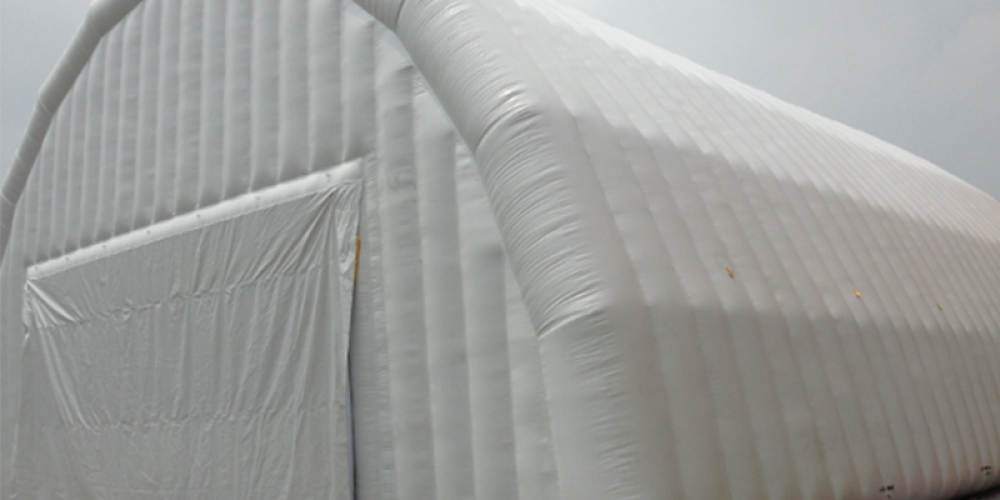
Although membrane welding technology has significant advantages in many fields, it also has some shortcomings and limitations. The following is a detailed analysis of the shortcomings and limitations of membrane welding:
(1) High requirements on materials: Membrane welding usually requires materials to have a certain melting point and thermoplasticity so that they can melt and bond during the welding process. However, not all membrane materials have these characteristics, thus limiting the scope of application of membrane welding.
(2)Welding quality is affected by many factors: The quality of membrane welding is affected by many factors, such as welding temperature, pressure, time, thickness and surface treatment of the membrane. Changes in these factors may lead to defects such as insufficient strength, poor airtightness or cracks in the welded joint.
(3) Residual stress and deformation are easy to generate: During the welding process, the membrane is subjected to high temperature, which may cause residual stress and deformation inside it. These residual stress and deformation may affect the performance and service life of the membrane.
(4) High skill requirements for operators: Membrane welding requires operators to have certain skills and experience to ensure the control of welding parameters and the stability of welding quality. If the operator's skills are insufficient, the quality of the welded joint may be unstable or defects may occur.
(1)Restrictions on material types: Membrane welding is mainly suitable for thermoplastic materials such as polyethylene (PE) and polypropylene (PP). For thermosetting materials or other materials that are not easy to melt, membrane welding technology may not be applied.
(2) Limitations on the strength of welded joints: Although membrane welding can form a strong joint, its strength is usually lower than that of the parent material. Therefore, in applications that require significant tensile or shear forces, membrane welded joints may not be the best choice.